Last year I got an awesome deal on a camera. I “saved” over $500 off the purchase price. (And no, I didn’t buy it off the back of a truck. It was last year’s model, on sale, and I had credit card points.) Of course I could have saved more by passing on the camera and continuing to take photos and videos with my phone like most people.
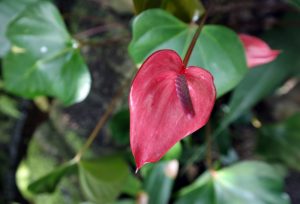 I justified the purchase in various ways. I was writing a novel, Darkroom, in which a photographer and her photographs play a central role. Hands-on experience with an actual camera was research. (The photographer in the novel is old school. She uses shoots with film and develops her prints in a darkroom. I wasn’t ready to go there, especially since darkroom equipment is hard to find.)
I justified the purchase in various ways. I was writing a novel, Darkroom, in which a photographer and her photographs play a central role. Hands-on experience with an actual camera was research. (The photographer in the novel is old school. She uses shoots with film and develops her prints in a darkroom. I wasn’t ready to go there, especially since darkroom equipment is hard to find.)
Instead of shelling out money on stock photos, I could use my own high-quality photos on my blog and in the process learn more about working in Photoshop. And I could make videos!
I could ask an onlooker to videotape some of my riding lessons so I could study and improve my form.
As webmaster of the local Scrabble club, I take pictures at the meetings. This particular camera has a setting called “Beauty Shot” (I’m not kidding) that processes images of faces and eliminates flaws. I could get better shots of the people who hate having their picture taken. They might stop threatening to kill me if I posted photos of them online.
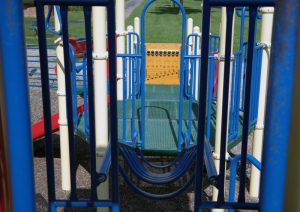 And the shiny new camera would give me a reason to detach my brain from my iPad and get my butt out of the house once in a while.
And the shiny new camera would give me a reason to detach my brain from my iPad and get my butt out of the house once in a while.
Once I started snapping pictures, I came to some unhappy realizations. All the fancy features were pointless until I knew how to use them, so I studied the manual enough to be minimally competent. More than that would take practice. A lot of practice.
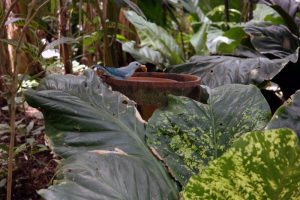 And I soon realized were things that my camera couldn’t do. A few outdoor sessions showed me that even with the correct settings I couldn’t capture birds in flight. My husband, Joe, a sometimes photographer who gave me invaluable help in researching Darkroom, explained that I needed a lens with a longer focal length, which would cost almost as much as I’d spent for the camera.
And I soon realized were things that my camera couldn’t do. A few outdoor sessions showed me that even with the correct settings I couldn’t capture birds in flight. My husband, Joe, a sometimes photographer who gave me invaluable help in researching Darkroom, explained that I needed a lens with a longer focal length, which would cost almost as much as I’d spent for the camera.
It wasn’t only the camera that had limitations. I lacked the eye for photography. My gaze slipped past the unlikely objects that make good photos. I didn’t think in terms of frame or perspective or angle. Joe helped me. When I walked around town taking pictures, he came along and pointed out what I overlooked. He set tasks for me. One was to photograph the fire hydrants in our neighborhood. I came to think of the project as a travel guide for the dogs who might journey to Charleston, Illinois.
His tutoring helped. I learned to see more possibilities in places so familiar that I’d stopped seeing them.
And I made a heartening discovery. Photography helps my writing. Not only do I see the world in a new way, but my photographs have become a kind of memory, capturing mundane images in more detail than I could ever remember.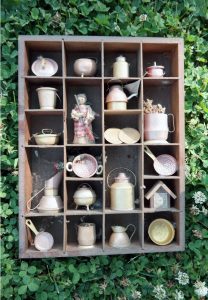
But there are limitations here as well.
Memory is more than an visual image. It’s the smell of mud, the bark of a dog and the rumble of distant thunder, the flutter of the wind and the damp touch of the air. Above all it’s the convergence of thoughts and moods with the input from the senses—that complex thing called experience.

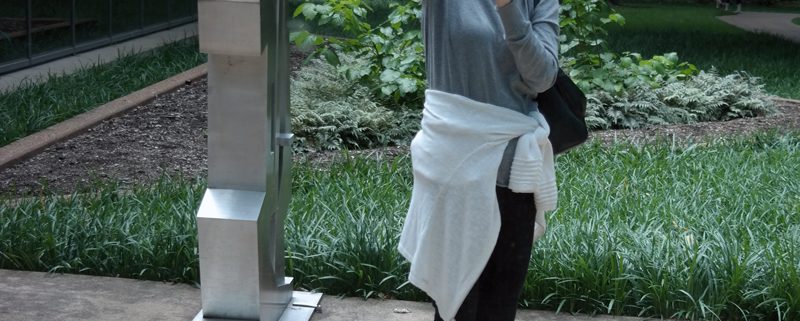


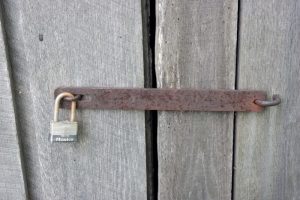
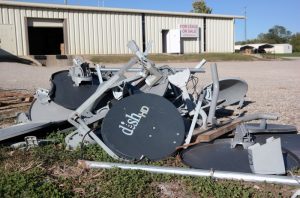
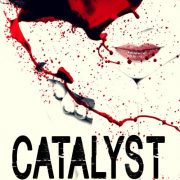




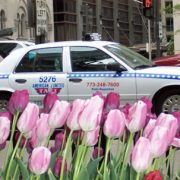

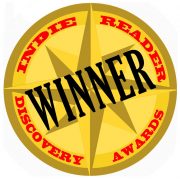



I was drawn to your website via Carol Bodensteiner’s blog. All the arts inter-connect. After all, artists make use of our five senses as this post illustrates. I have enjoyed taking my own photos with my humble iPhone. Then my husband works his magic occasionally with Photoshop. Maybe I’ll use a fancy camera some day, but I doubt it. Great post!
Thank you! Hope you’ll stop by again.